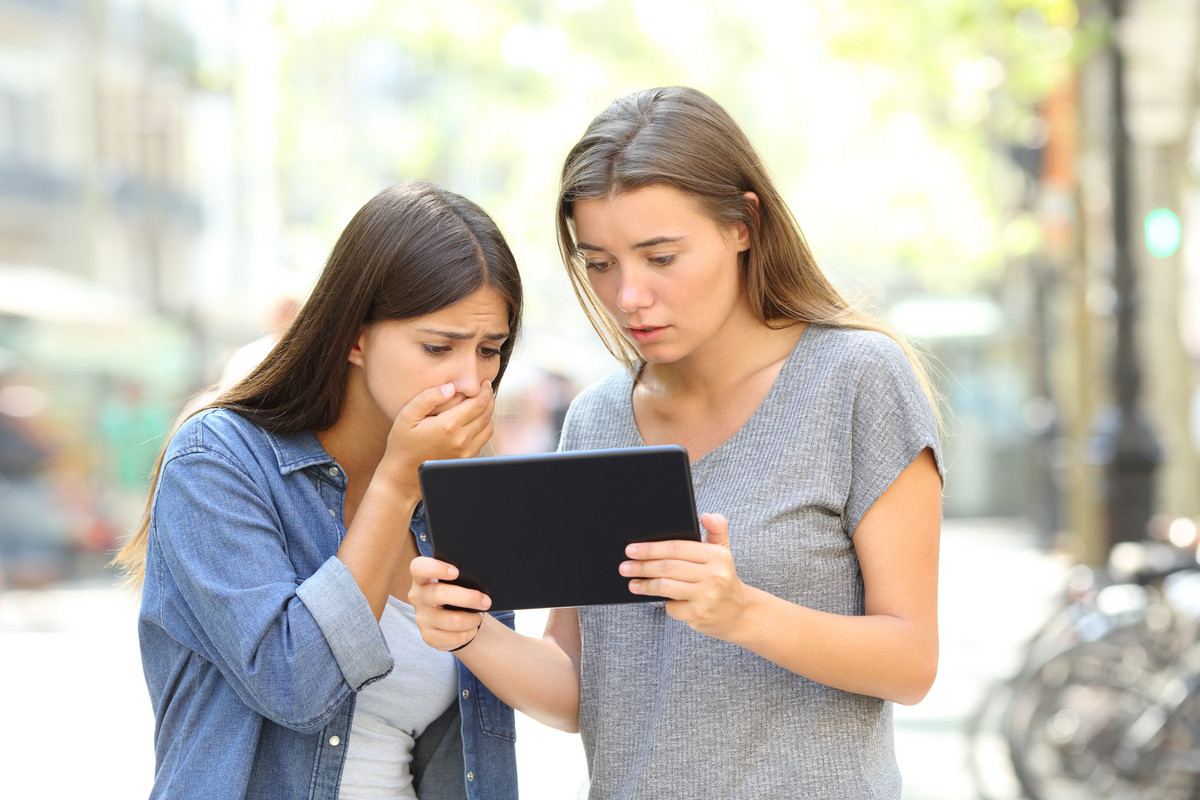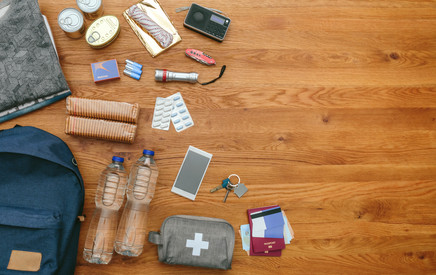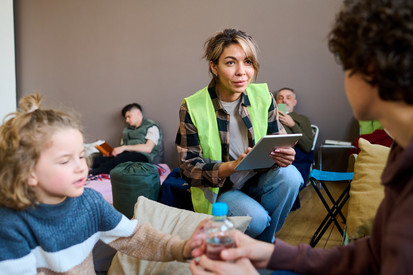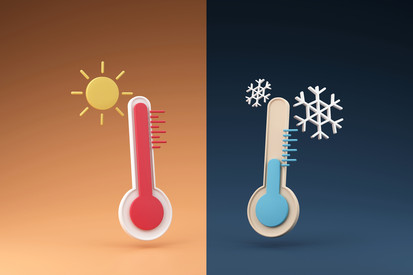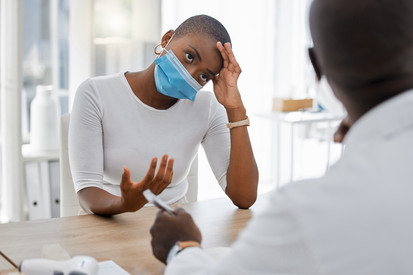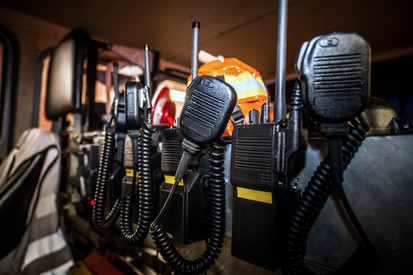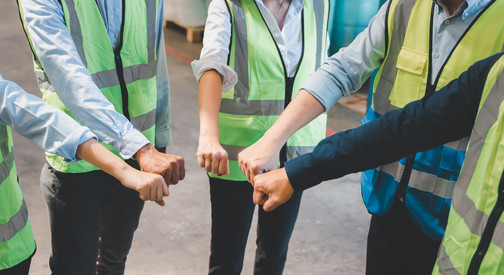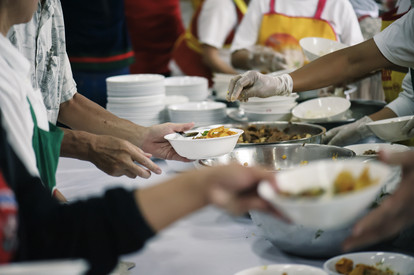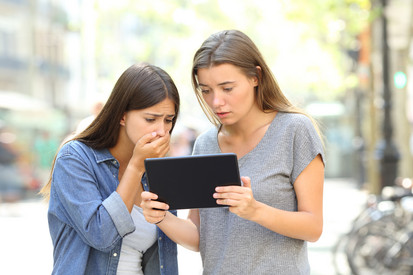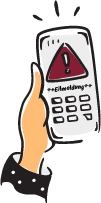
Disasters are significant events. They stir emotions. There are images that one cannot forget. However, what moves us even more are the destinies of people. Because people are always affected.
We want to show others what we see. We want to tell others what we experience. And we also want to use images and reports to mobilize other people to help. All of this is right, natural, and human.
But please put yourself in the shoes of the affected people. They have experienced terrible things. Perhaps they have lost their homes or their health. Maybe they have even lost family members, or a close friend. Nothing in their lives is the same as before.
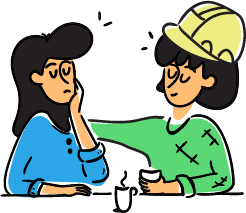
These people may want to talk about it. Maybe even with you. That's also right. You should help them. However, please do not take photos or videos, or record conversations.
Someone might tell you personal things. Keep them to yourself. People have a right to privacy. Respect that.

Under no circumstances should you post names, experiences, photos, or videos of these people on social media. Otherwise, you may violate their rights to privacy – and this can even be illegal.
Above all, it is terrible for the affected individuals. They feel exploited. They think: You don't care about their feelings. You're only interested in attention, in sensation. You surely don't want that.
Follow Rules on Social Media
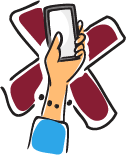
- Show respect to the people you are helping and those who are helping.
- Respect their privacy.
- Remember that they are under stress. They may later find things uncomfortable.
- Everyone has the right to their own image and words.
- Do not forward messages on the internet without verification. Be critical.
- Get information primarily from radio, television, and newspapers – or from the official social media channels of disaster management, relief organizations, government agencies, police, and fact-checking sites.
Video: Social media and other media
The YouTube video is activated by clicking or touching it. This transmits data to the provider. To the privacy policy.
The YouTube video is activated by clicking or touching it. This transmits data to the provider. To the privacy policy.

Information and Misinformation on the Internet
We increasingly rely on the internet and social media for information. News spreads much faster through social media than through traditional newspapers. This is a significant advantage. During disasters, we quickly know where help is needed. Government agencies and relief organizations can quickly assess the situation.
However, social media also has disadvantages: No one verifies the news. Rumors spread quickly too. People are always drawn to the big, the extraordinary. Sometimes, though, calmness and careful consideration are important – but that's boring. This leads to the spread of posts that are greatly exaggerated or even false.
